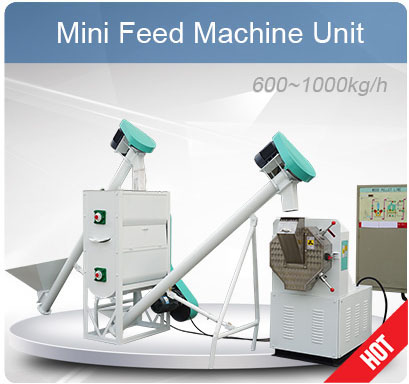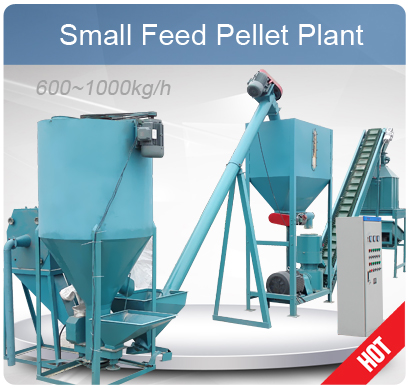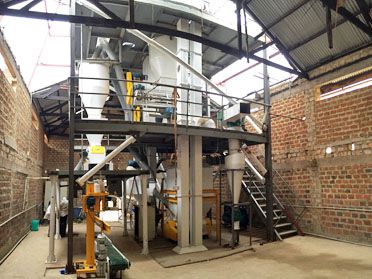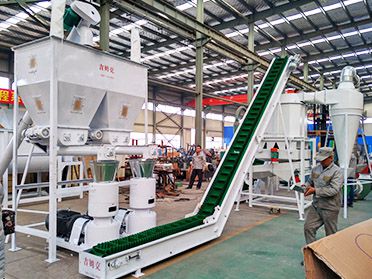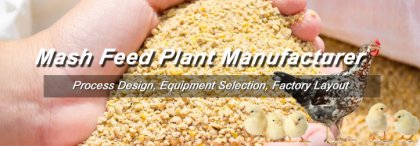In modern cattle feed manufacturing, scientifically and rationally formulating key additives is crucial to ensuring cattle health, enhancing weight gain efficiency, and maximizing production performance. The proportion of different additives in the diet not only affects rumen fermentation and protein absorption but also directly influences milk yield and feed utilization. This article combines practical cattle feed production experience to analyze the dosage, mechanisms, and precautions of nine key additives, providing actionable recommendations for real-world operations.
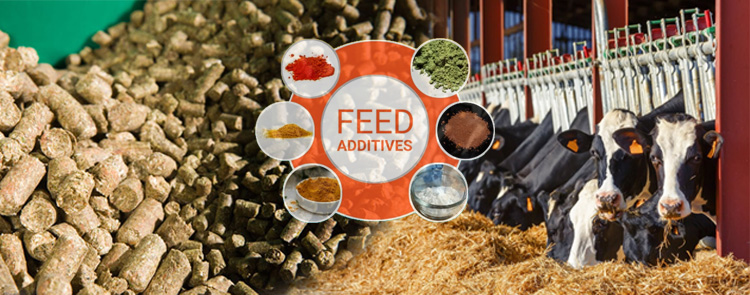
Learning Applications of Additives in Cattle Feed Manufacturing
How to Precisely Control 9 Key Additives in Cattle Feed Manufacturing
Precise control of additives in cattle feed manufacturing directly impacts feed conversion rates and cattle health. Incorrect dosages or formulations can lead to rumen dysfunction, reduced milk production, and digestive issues. Common issues in feed production include inconsistent dosages, effects of raw material moisture, and lack of differentiation for cattle at different growth stages.
To address these challenges, additive control should focus on the following core aspects:
- 1. Rumenin — 100–130mg per Cow per Day to Enhance Feed Conversion and Weight Gain
Rumenin regulates the rumen microbial community, increases propionate levels, and promotes rapid weight gain and feed efficiency. Each cow should receive 100–130mg daily. It should be evenly mixed into the daily ration with high-fiber feed, while monitoring cattle intake and health to maximize economic benefits.
- 2. Urease Inhibitors — Prevent Excessive Protein Breakdown in the Rumen
Urease inhibitors effectively regulate the rate of protein degradation by rumen microbes, improving protein utilization, reducing digestive burden, and lowering feed costs. Dosage should be adjusted based on crude protein content of the diet, ensuring uniform mixing, while observing cattle intake and weight changes to optimize application.
- 3. Ecological Additives — Regulate Gut Microbiota to Improve Feed Efficiency
Probiotics such as Bifidobacterium, Enterococcus, Bacillus, and yeast regulate gut microbiota balance, inhibit harmful bacteria, and enhance immunity, thereby improving feed conversion and cattle health. Ensure sufficient viable bacteria and uniform mixing with the ration, and consider combining with activation factors for better effects.
- 4. Sodium Bicarbonate — 1%–2% to Neutralize Stomach Acid and Improve Digestive Environment
Adding 1%–2% sodium bicarbonate to diets with more than 50% concentrate can neutralize excess rumen acid, optimize pH balance, improve digestive conditions, and increase feed utilization. Dosage should be carefully controlled, with regular monitoring of rumen health indicators.
- 5. Bacillus Peptide Zinc — Early-Life Antimicrobial Protection and Growth Promotion
Suitable for calves under six months, Bacillus peptide zinc inhibits harmful bacteria, promotes growth hormone secretion, and optimizes intestinal structure, enhancing nutrient absorption and survival rate. Strict dosage control and monitoring of gut health and feed intake are required to adjust application strategies.
- 6. Vitamin Additives — Flexible Use Based on Forage and Physiological Stage
If cattle consume sufficient green forage, extra vitamin supplementation is unnecessary. During reproduction, vitamins A, D, and E can be added to enhance immunity, fetal development, and calcium-phosphorus absorption. Adjust according to ration composition and physiological stage to avoid unnecessary costs.
- 7. Amino Acid Supplementation — Can Increase Milk Yield by 4%–8%
Proper amino acid supply can increase feed intake, milk yield (4%–8%), and milk protein content (~14%), while promoting weight gain and liver fat metabolism. This helps prevent ketosis and fatty liver. Dosage should be adjusted according to lactation stage and ration composition, monitoring production indicators to optimize outcomes.
- 8. Urea Supplementation — Optimization When Diet Protein Content is 9%–12%
When crude protein in the diet is between 9% and 12%, adding urea can effectively increase protein levels, with 1 kg urea equivalent to approximately 2.8 kg protein. Sulfur supplementation is necessary to ensure utilization efficiency. Dosage must be accurately calculated, monitoring cattle intake and health.
- 9. Other Nutritional Additives — Selection Techniques for Calcium Fatty Acid and Yikang XP
Calcium fatty acid (2%–3%) and Yikang XP (0.5%–1%) can be flexibly combined according to production stage to enhance energy levels, immunity, and overall performance. Pay attention to balance with other diet components and monitor production indicators over time to optimize additive combinations.
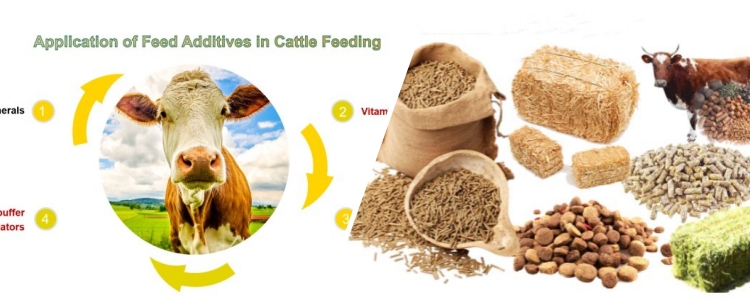
Cattle Feed and Feed Additives
Looking to optimize your cattle feed production? Contact ABC Machinery's experts today to get customized additive formulations and complete cattle feed manufacturing solutions tailored to your herd’s needs.
How Cattle Feed Mill Plants Can Improve Weight Gain Through Scientific Additive Formulation
In cattle feed processing, scientific additive formulation not only boosts weight gain but also optimizes feed costs. Feed plants of different scales differ in production capacity, equipment, and management levels, necessitating tailored formulation strategies.
Practical Comparison Table: Additive Formulation Strategies by Plant Scale
| Plant Scale | Daily Capacity | Core Additive Focus | Additional Additives | Expected Weight Gain |
|---|---|---|---|---|
| Small cattle production line | <5 tons | Rumenin, urease inhibitors, urea | Small amounts of amino acids or vitamins | 2%–4% |
| Medium cattle feed processing plant | 5–20 tons | Rumenin, ecological additives, sodium bicarbonate, Bacillus peptide zinc | Amino acids, vitamins, urea | 4%–6% |
| Large feed mill plant | >20 tons | Full set of core additives | Amino acids, urea, calcium fatty acid, Yikang XP | 6%–8% |
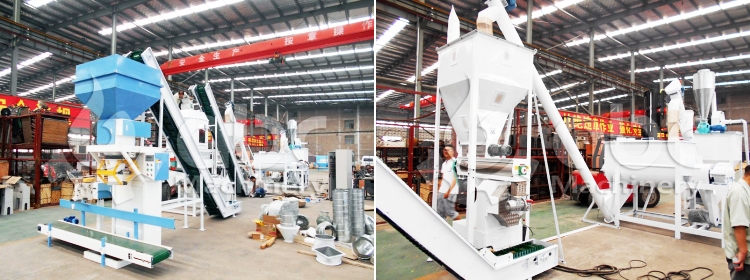
ABC Machinery 2TPH Cattle Feed Processing Line at Factory Price
Regardless of scale, the key to scientific formulation lies in precise dosing, uniform mixing, and stage-specific adjustments. Animal feed plants are advised to start with small-scale trials, record feed intake and weight changes, and gradually expand to the entire herd. Combining automated equipment and formulation management software enables precise control and traceability, maximizing weight gain and cattle feed economic efficiency.

 Build Your Future!
Build Your Future!

